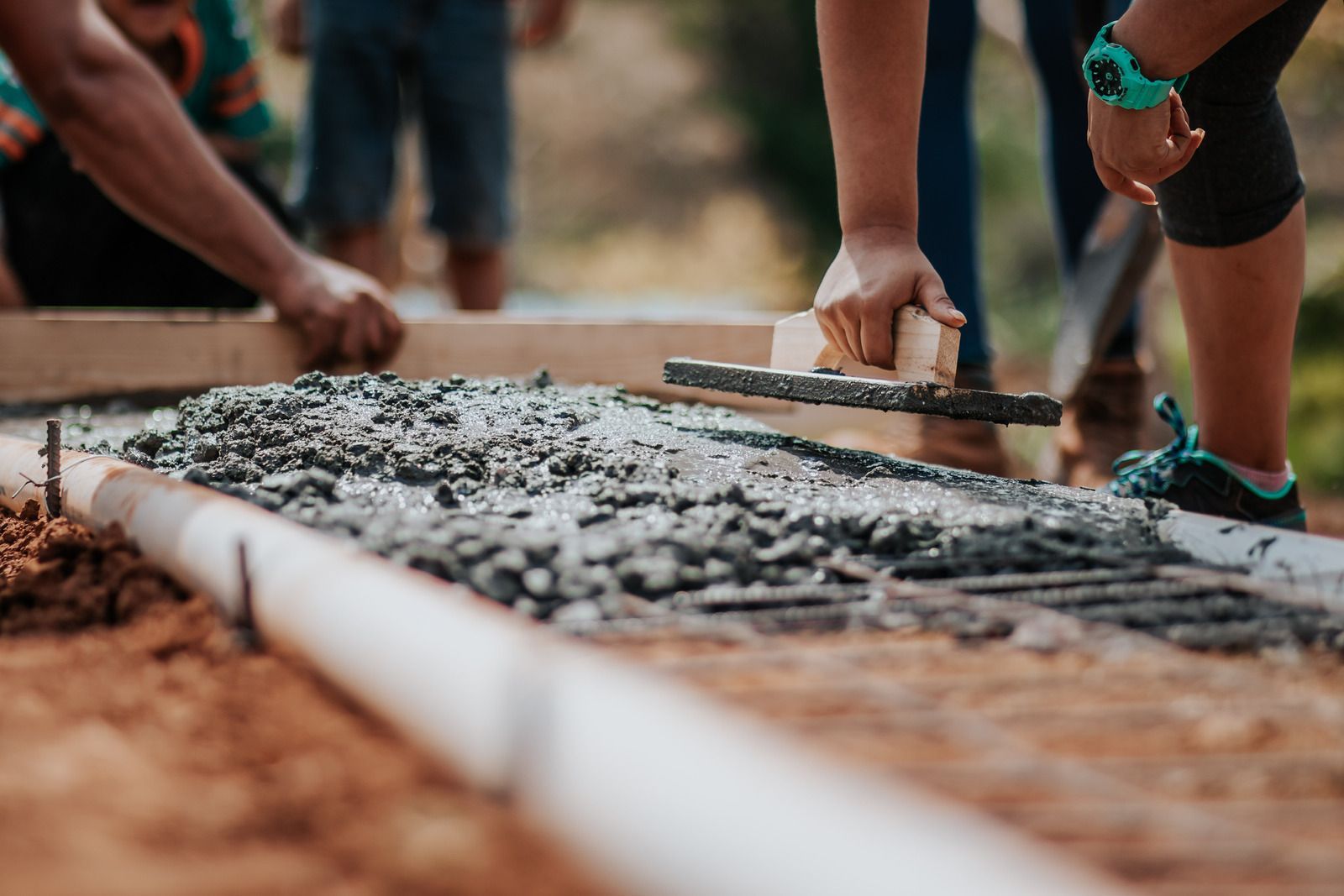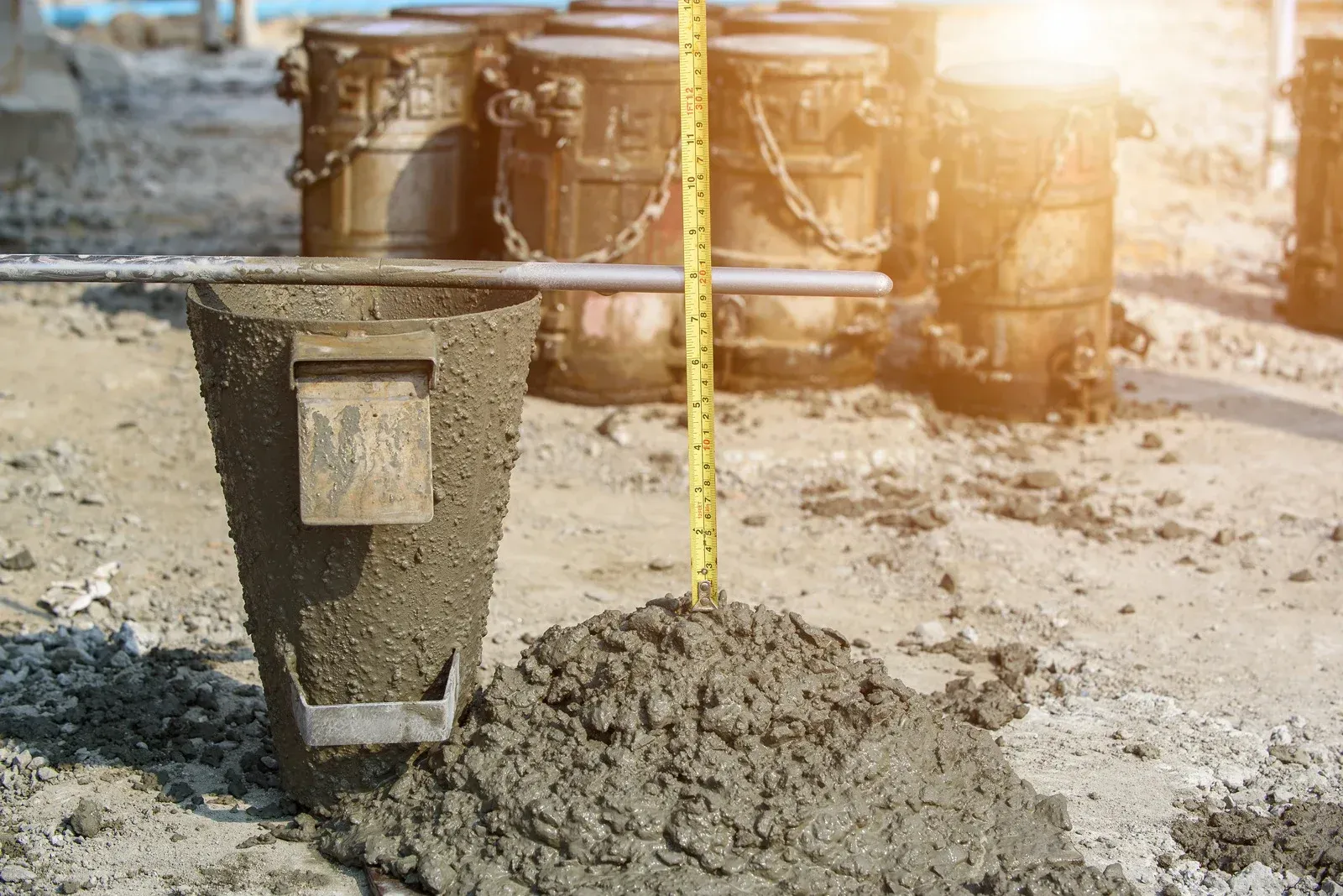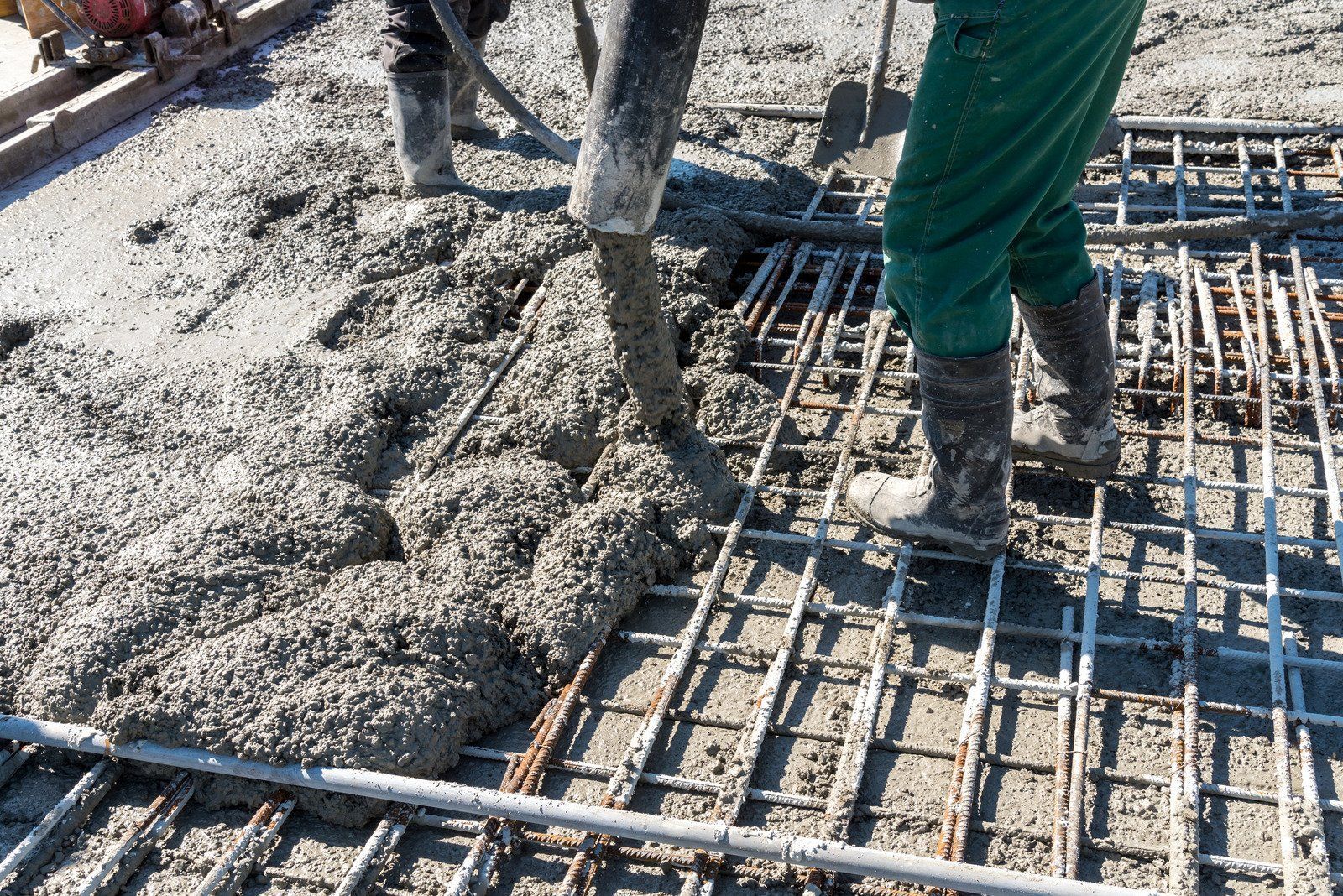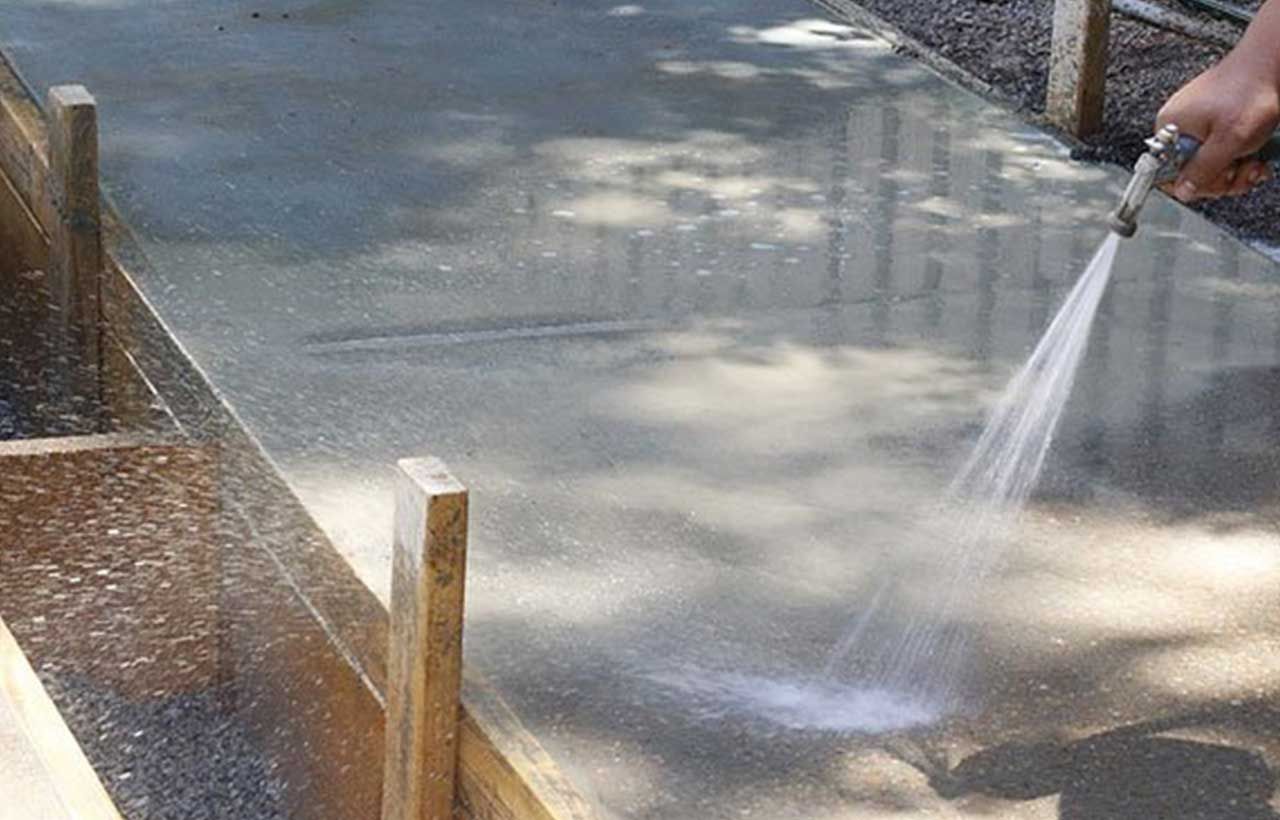Interesting Reading
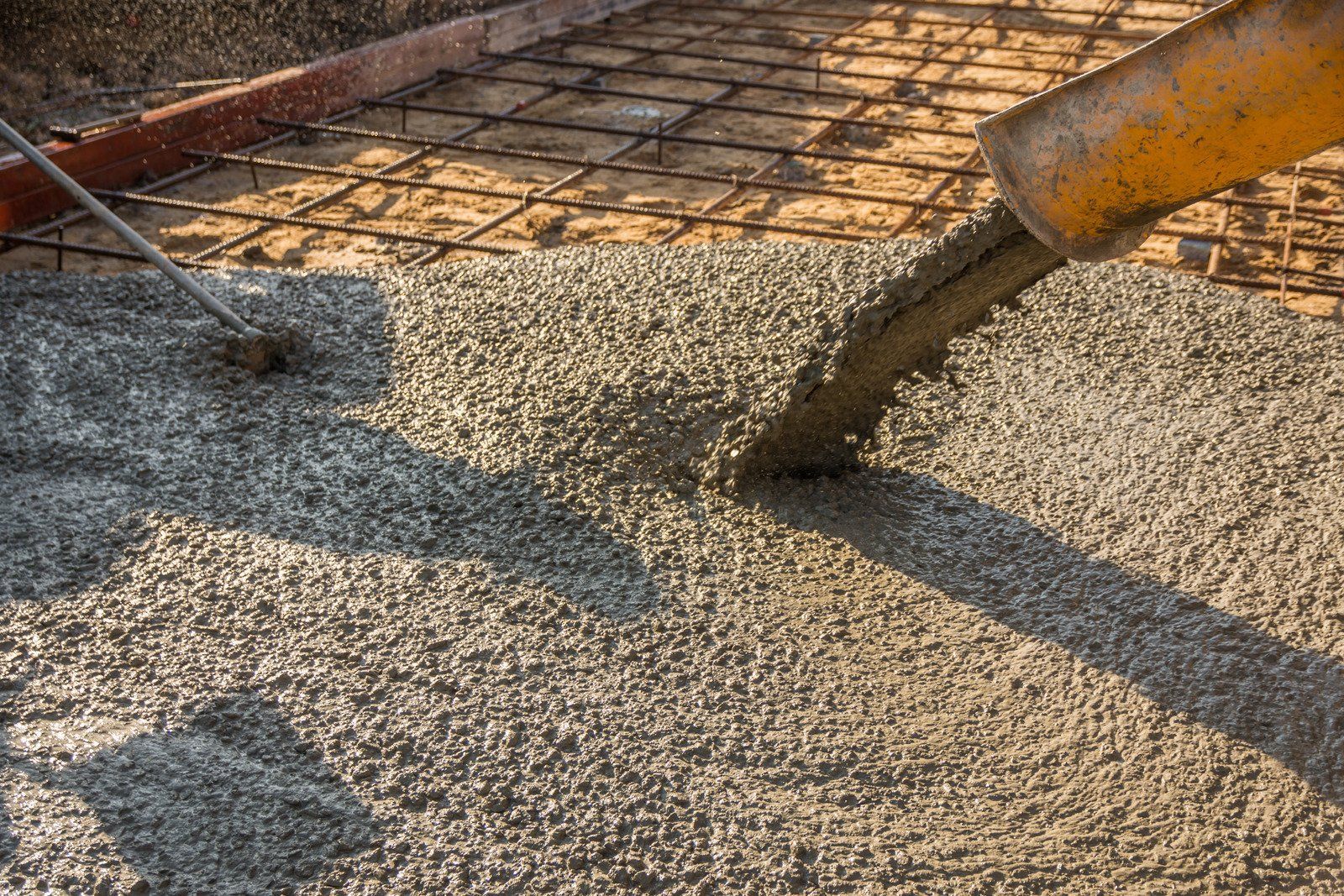
Last week, I sat in on an event where a social media influencer—someone who’s built a sizable following in the concrete world—took the stage. His delivery was slick, and the crowd was split: some loved the energy, others saw right through it. As I listened, it became clear that what he was selling was more hype than su
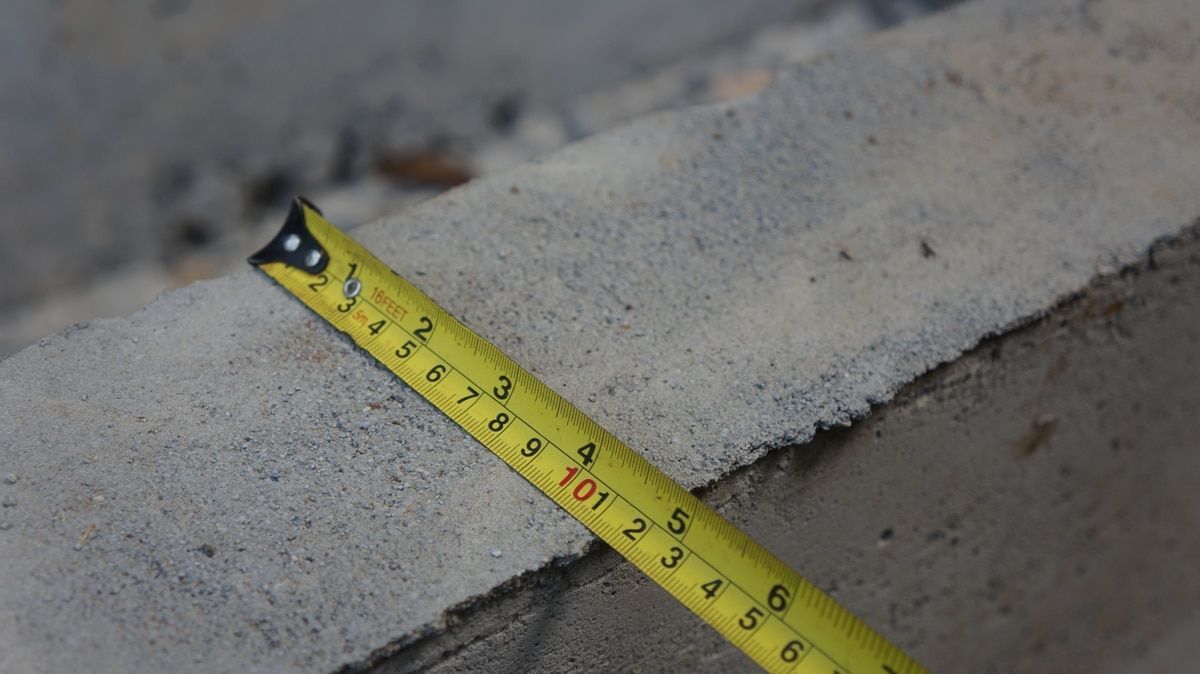
It still amazes me how there is even a discussion that the lowest volume of moisture, tested 1 1/2-2 inches into the concrete takes precedent over surface testing, where the floor actually fails, due to liquid moisture, the largest volume of moisture in concrete and the only way alkalinity or other compounds can damage a floor.
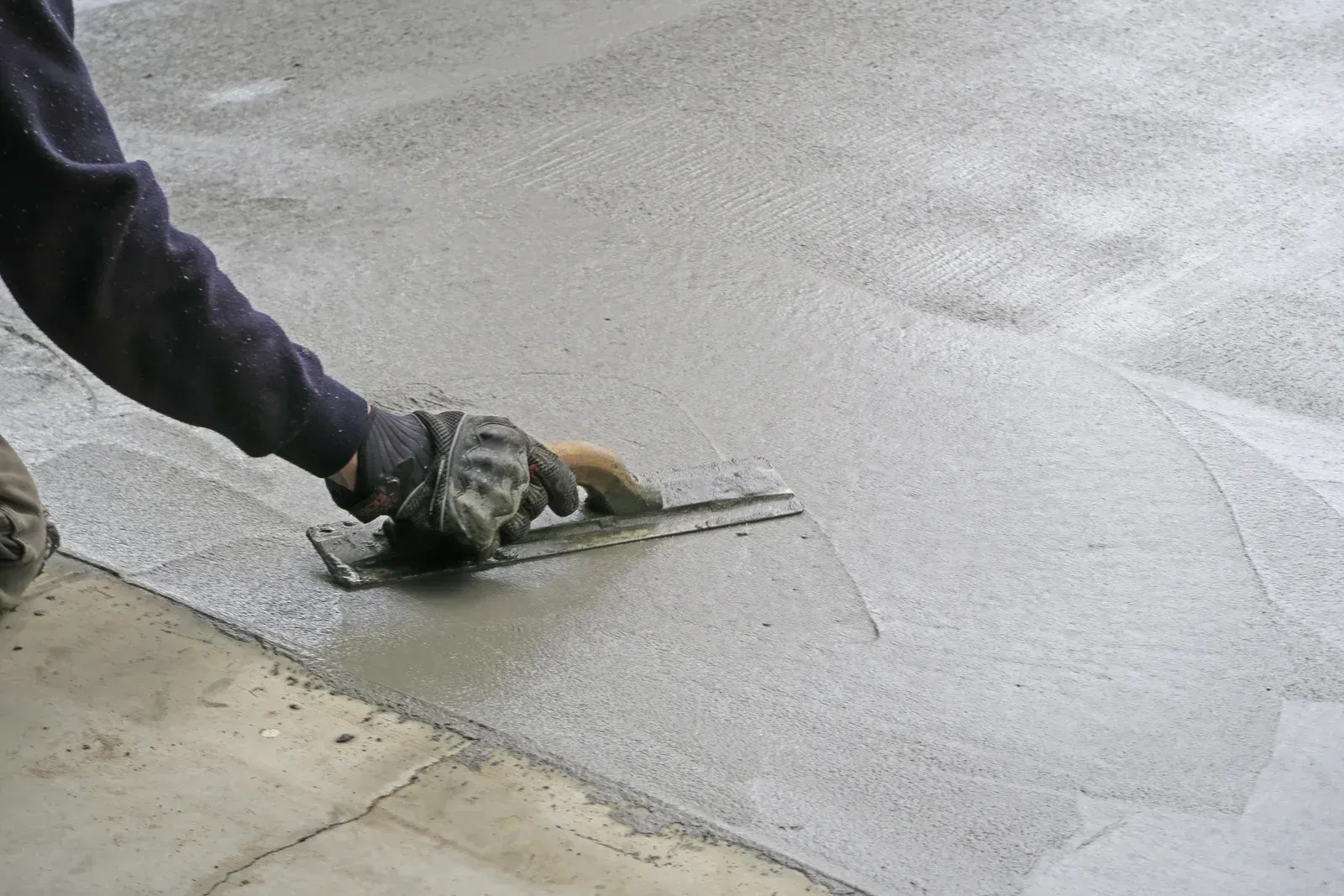
The concrete industry is facing an unprecedented challenge, and it's time we talked about the elephant in the room: Type IL cement and its impact on finishing operations. While the cement industry quietly transitions to this "environmentally friendly" alternative, contractors across the nation are grappling with a material that's fundamentally different from what they've used for decades.
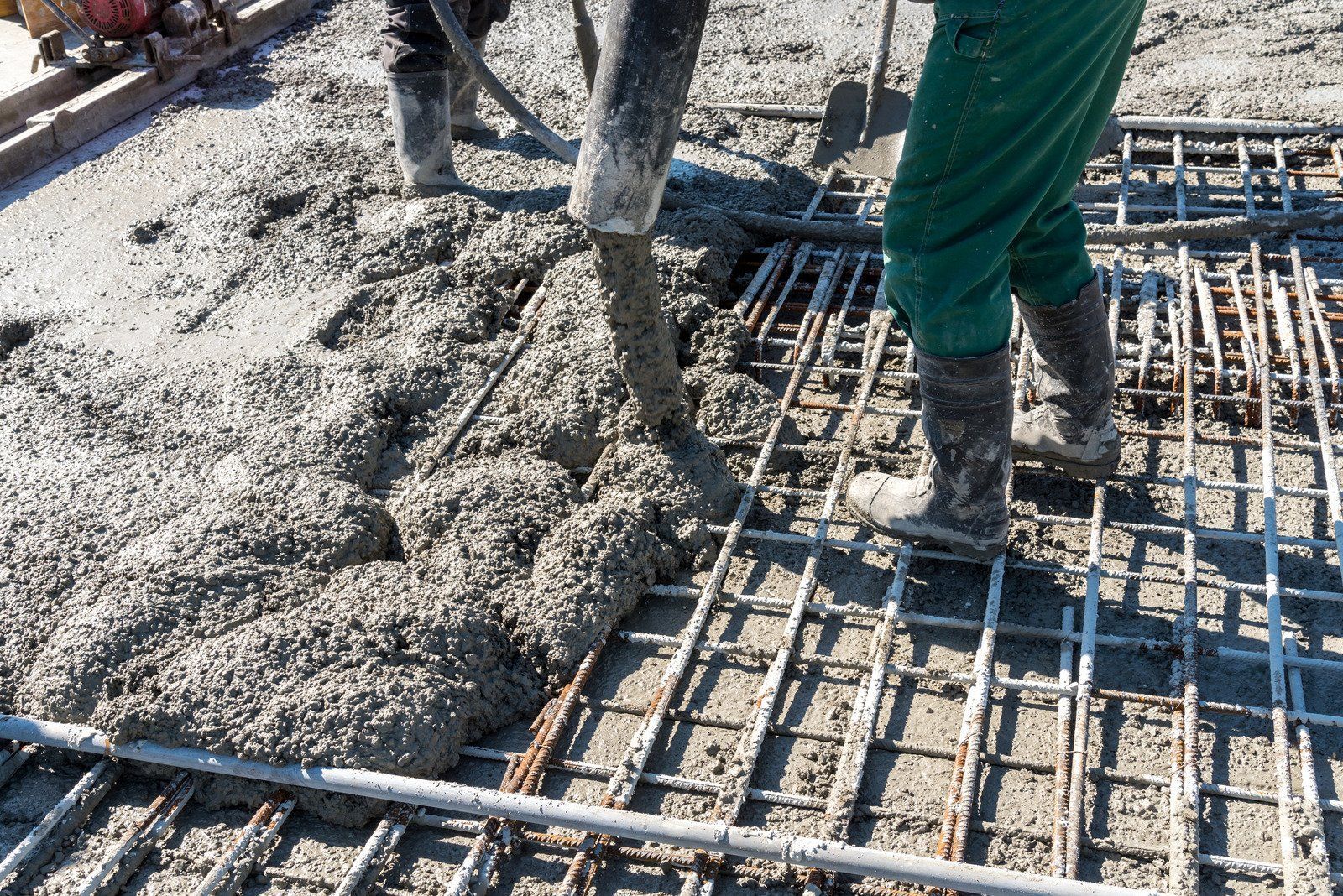
For decades, the concrete industry has been chasing a mirage. We've poured billions into developing fancy new coatings, sealants, and curing compounds, all promising to be the solution to concrete's perennial problems: cracking, spalling, and degradation. But in our pursuit of the latest quick fix, we've forgotten a fundamental truth about concrete. The real enemy isn't the elements – it's ourselves. And the solution lies not in some expensive add-on but in understanding and addressing the inherent flaws at the very heart of concrete itself.

